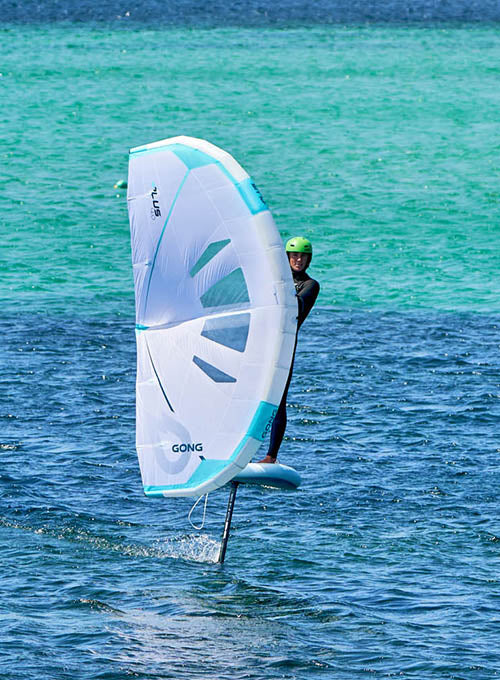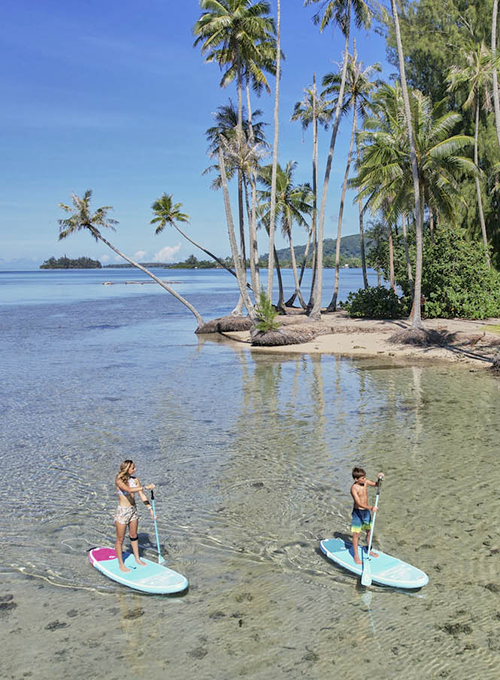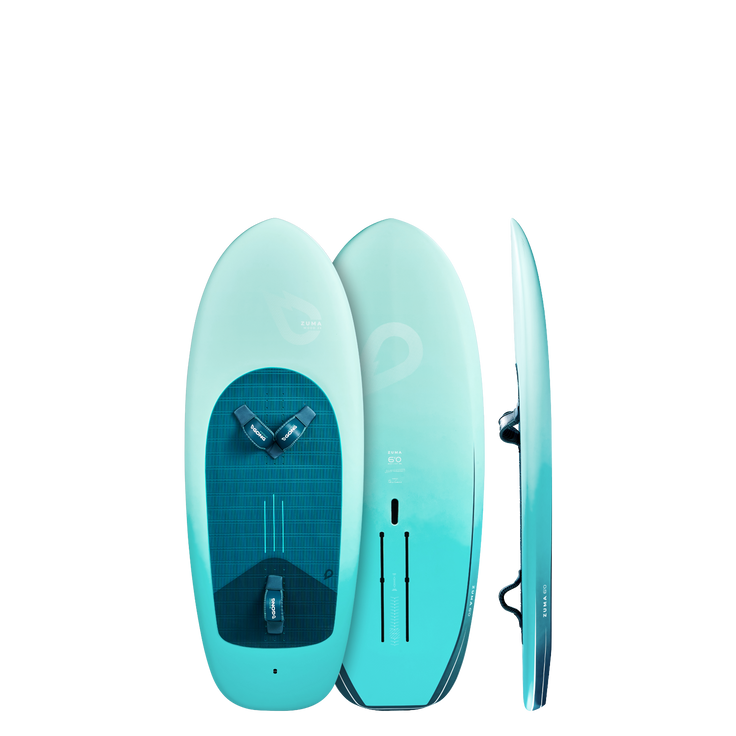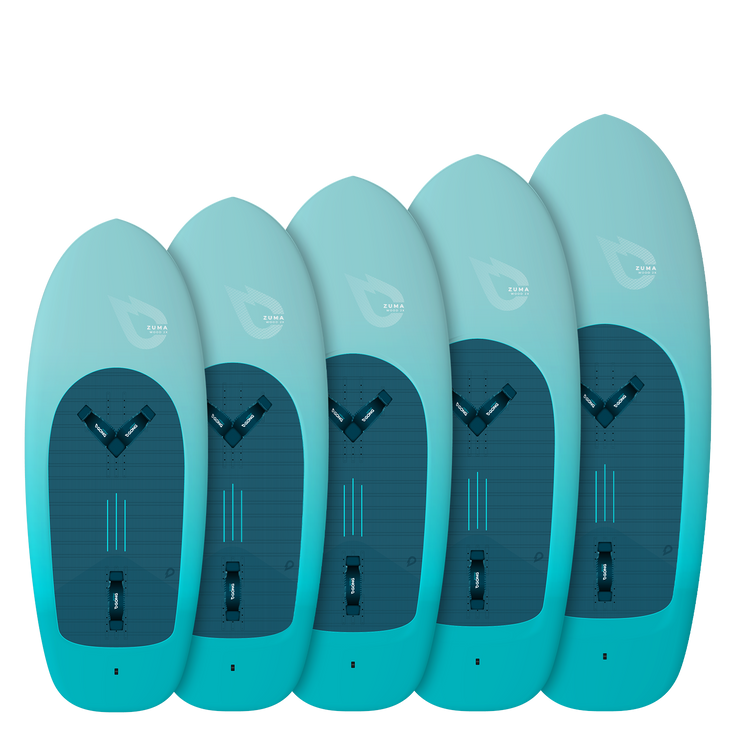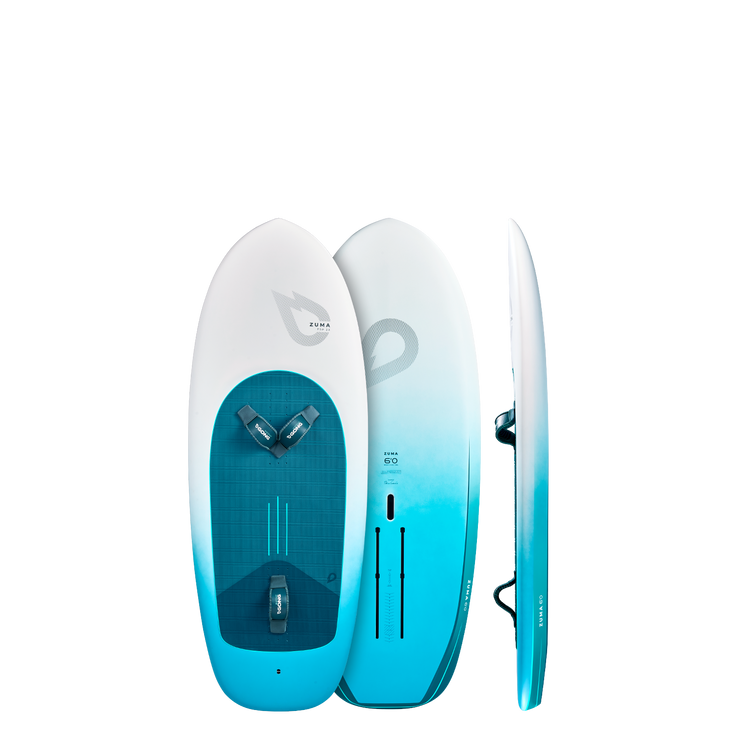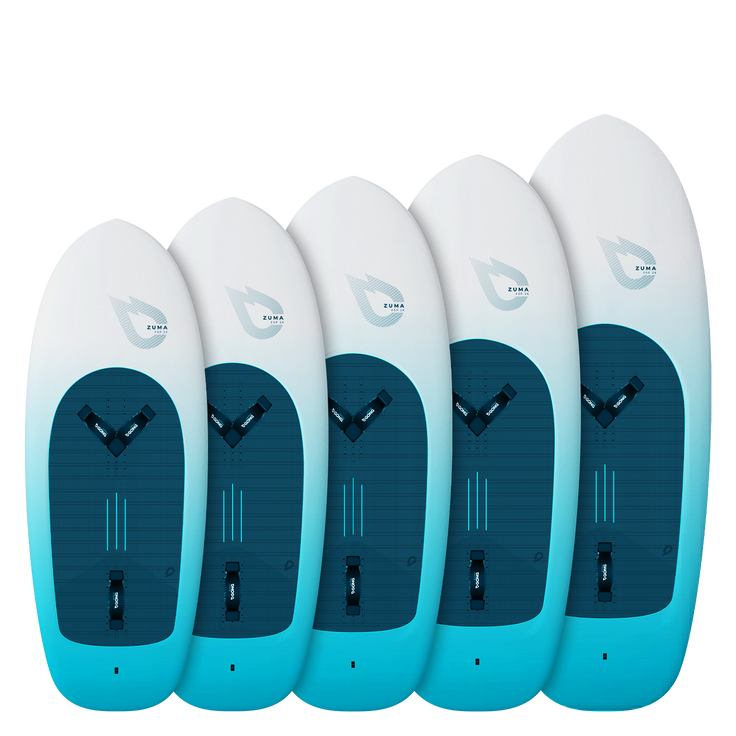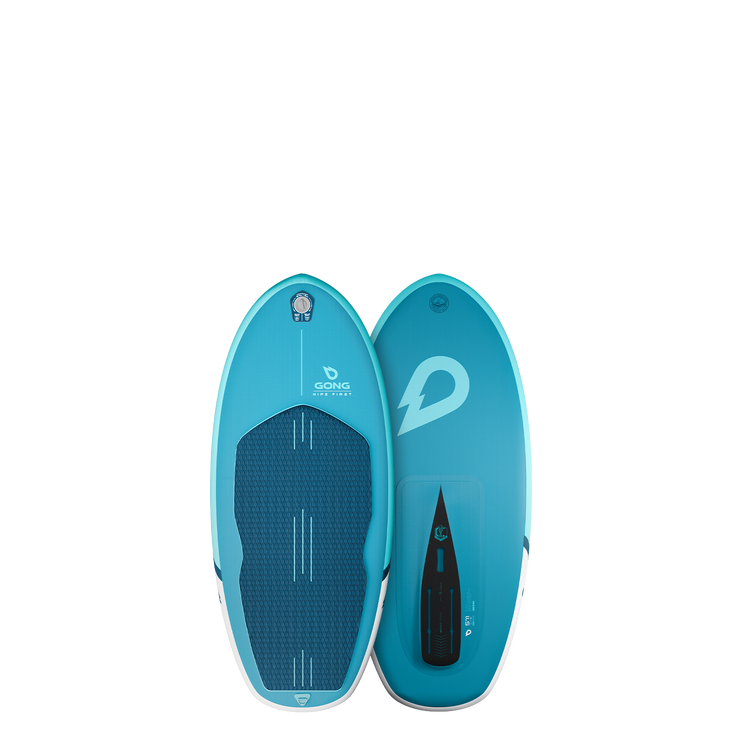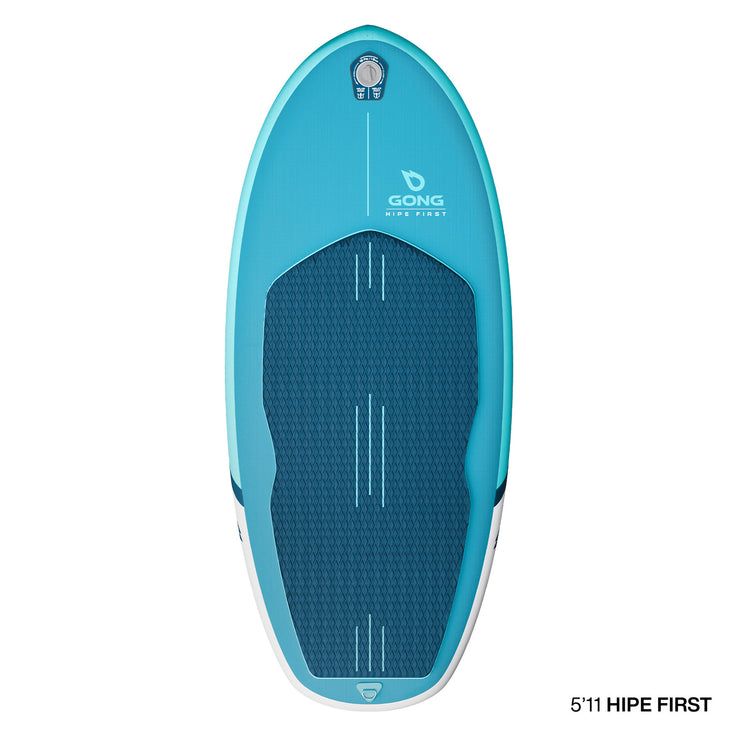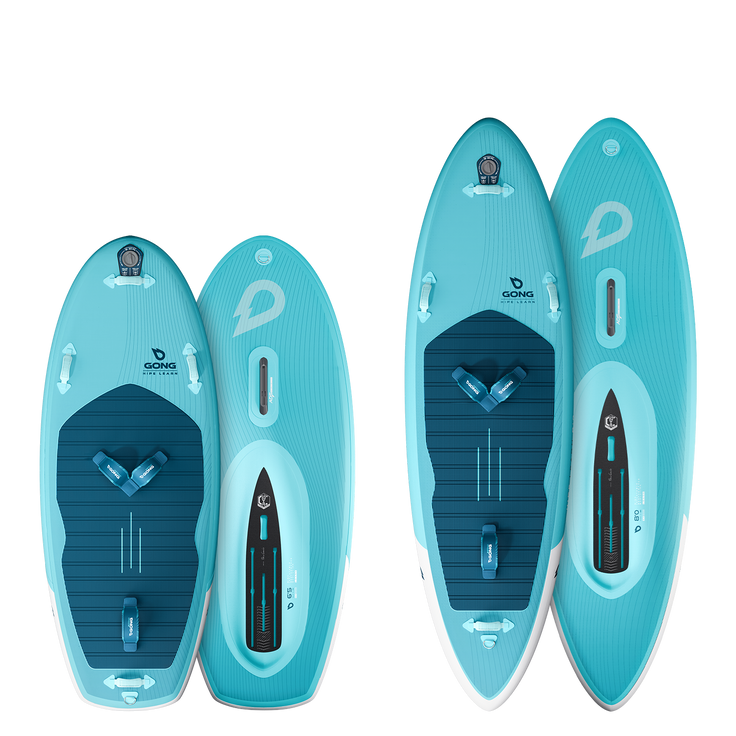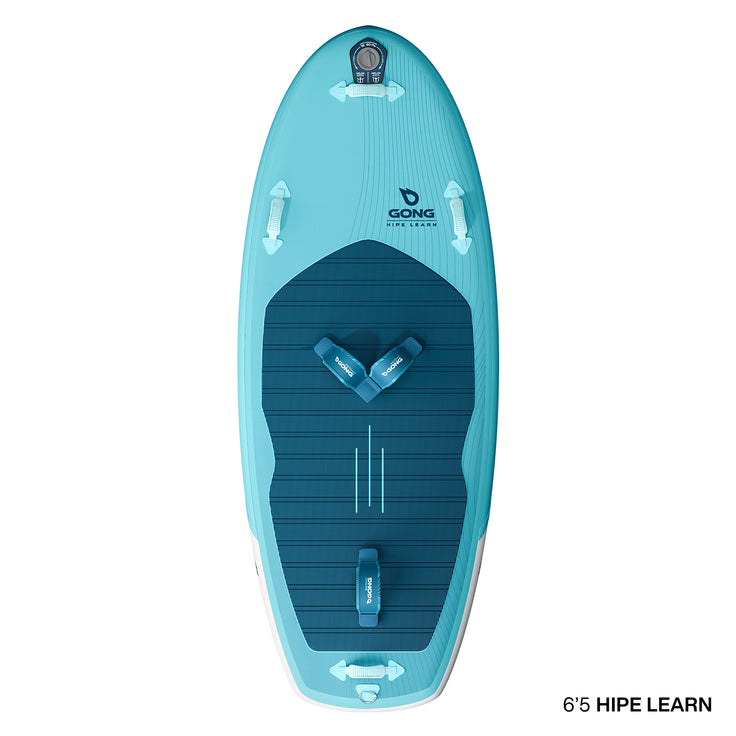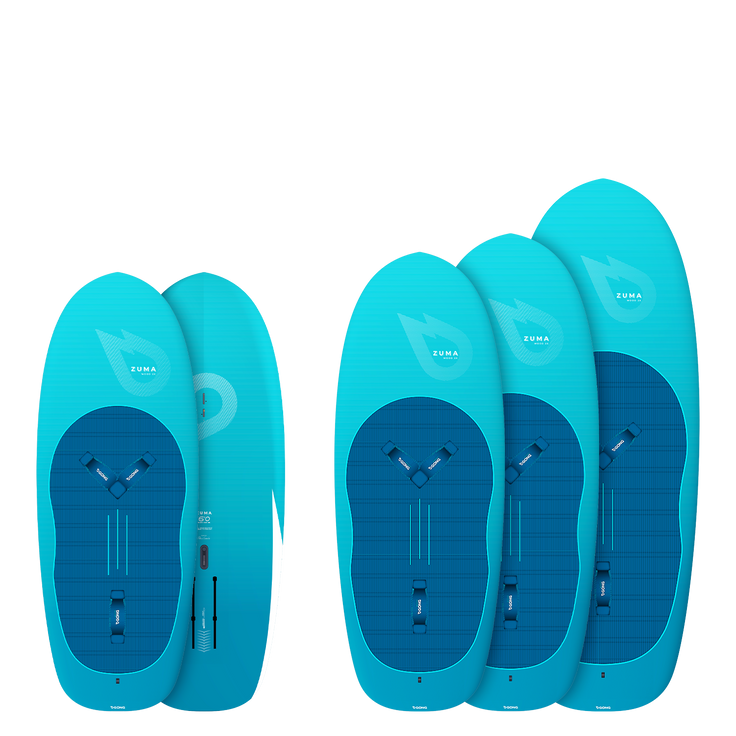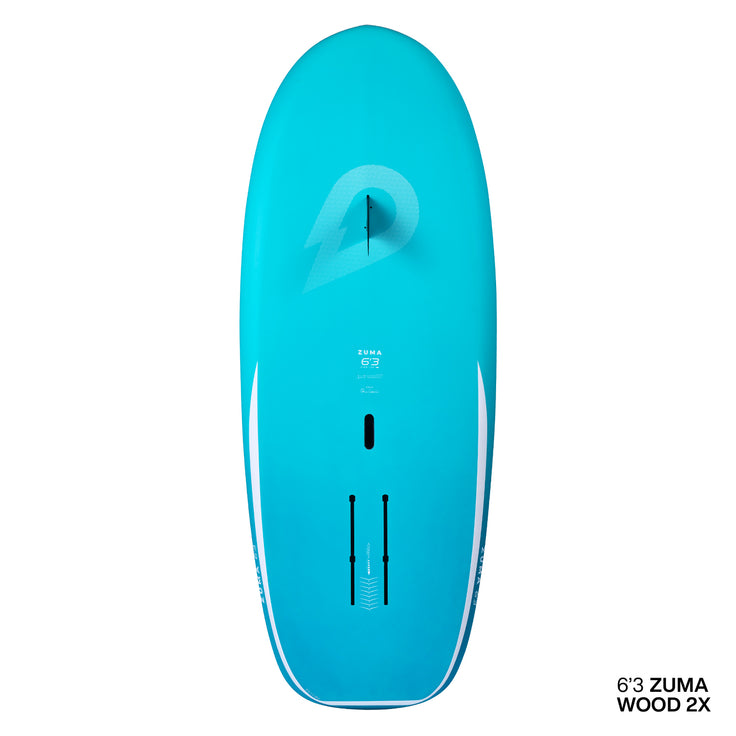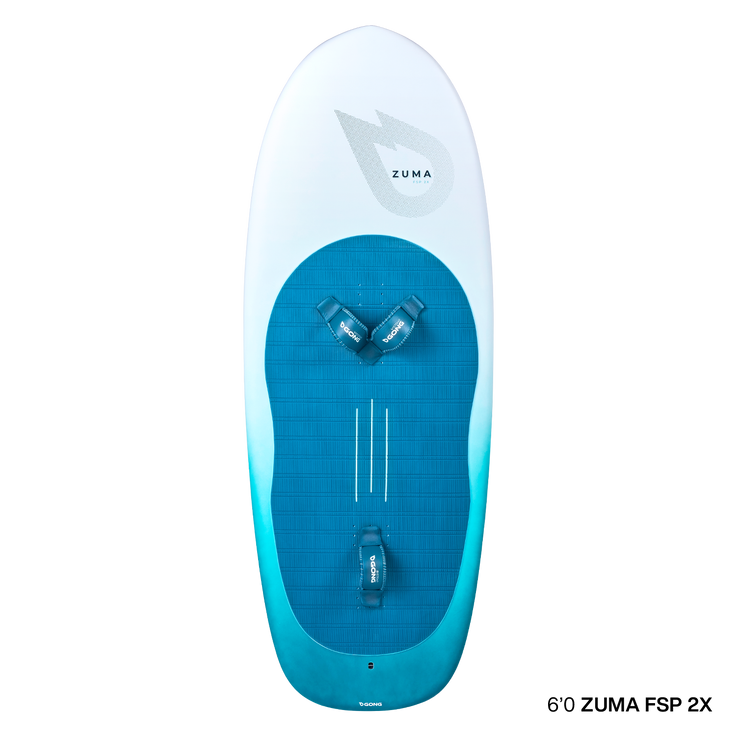heart
heart-full
heart
heart-full
Foil Board Zuma Wood 2X
The simplest board for progressing in SUP foiling, winging and lowkite.
Regular Price
699€
Sale Price
699€Regular Price
heart
heart-full
heart
heart-full
Foil Board Zuma FSP 2X
The simplest board for progressing in SUP foiling, winging and lowkite.
Regular Price
899€
Sale Price
899€Regular Price
heart
heart-full
heart
heart-full
Wing foil Board Inflatable HIPE First
The perfect strapless inflatable foil board to get started!
Regular Price
249€
Sale Price
249€Regular Price
299€
heart
heart-full
heart
heart-full
Wing foil Board Inflatable HIPE Learn
Inflatable wingfoil board for cruising around and learning to fly.
Regular Price
559€
Sale Price
559€Regular Price
659€
heart
heart-full
heart
heart-full
Wing Foil Board Zuma Wood 2X
The simplest board for progressing in wing and SUP foiling.
Regular Price
519€
Sale Price
519€Regular Price
699€
heart
heart-full
heart
heart-full
Wing Foil Board Zuma FSP 2X
The simplest board for progressing in wing and SUP foiling.
Regular Price
629€
Sale Price
629€Regular Price
849€


